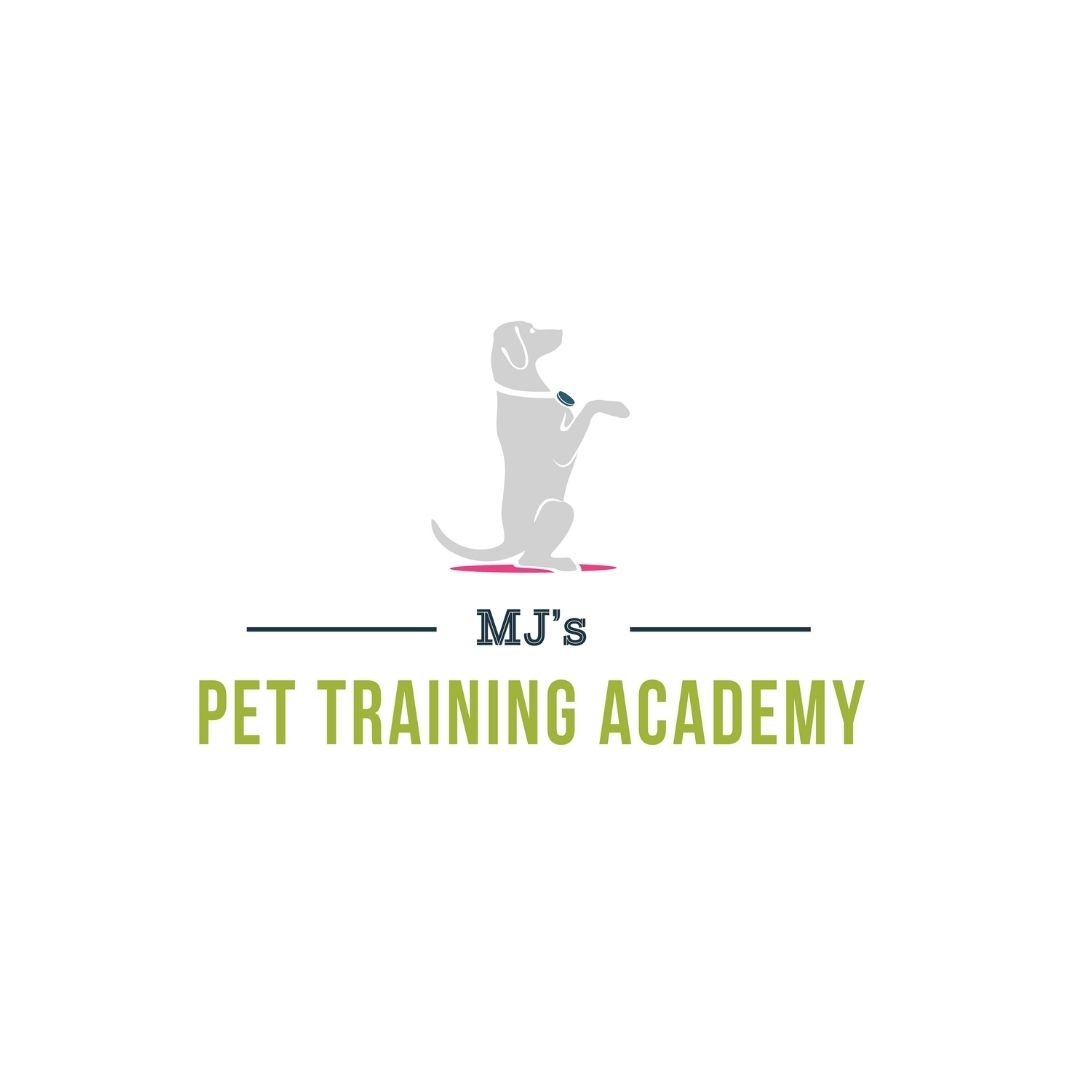You Don’t Even Need a Command for This Incredible Leave-it
I was working with one of my dogs, Mint, when a motorcycle went by at the same time I said the word “search.” I didn’t repeat myself until I realized Mint did not hear me. Search is the word I use to tell my dogs when they may take food from the floor or ground. There are many reasons to deliver food to the ground during training. Reward placement varies depending on the skills being trained. Unless I say the word “search,” the dog should ignore any food on the ground under normal circumstances.
Mint watched me for the next set of instructions. He had seen the food I had tossed a few feet in front of him, but since he missed the word “search,” he continued to ignore it. The reason for this is that his silent leave-it is so strong, he assumes food that is on the ground is off limits.
The silent leave-it looks like mind reading. The dog sniffs out a piece of food on a walk and looks at the person on the other end of the leash instead of eating the food. It looks as though the handler has given a secret cue to tell the dog to leave-it.
What is actually happening is that the dog has learned a clear rule. With training, the dog learns exactly what to do when presented with the temptation, even without a command. If the person never knew there was food in the grass to begin with, giving a command to “leave-it,” as the dog approaches it, would not be possible.
Dogs with an understanding of this concept are a pleasure to train. Any accidental food dropped during the training session is ignored. It is an essential safety skill. How many times has your dog picked up something on a walk faster than you could say leave-it?
I still teach and train a leave-it on command, as well as training the silent leave-it. It is helpful to have a cue for those times that you want to remind your dog to look away from something and look at you.
To train a silent leave-it, work on teaching your dog to offer attention to you in the presence of low-value food, which is covered. The food can be in a container on the ground, or even under your shoe. Many people will assume their dog does not notice the food if the dog is easily ignoring it. Your dog has a powerful nose and likely knows it is there. Focus on rewarding your dog for attention to you. You don’t have to point out the items to leave.
You should practice the leave-it when your dog is walking around, as well as when your dog is in a sit and a down. Don’t give any verbal hints for the silent leave-it. The presence of the food is the cue to look at you. You should say nothing to your dog other than a few words of praise. For this to work, you must start with easy rounds of covered food and build the reinforcement history.
Soon, you can begin doing the same thing with uncovered food. Add more interesting food items to leave. Don’t ask your dog to leave chicken and then give him kibble. Make sure the reward is slightly more interesting than the food being left, about 90 percent of the time.
You should also work on dropping the food and rewarding your dog for ignoring it once you have built the foundation.
In separate sessions, work on teaching your dog when it is acceptable to eat food from the floor. The food toss is an important micro skill, especially if you plan on doing advanced training. Once you choose a word you can say it and then toss a piece of food. When your dog understands the game, further build on it by using your word “search” during a game of tug. Does your dog let go of the toy to find the food you toss? This is a great test to try.
Once your dog learns both sets of skills, you can combine them. Drop food and say nothing, your dog should ignore it. Then, say “search.”
Toss a piece of food for your dog to eat happily. There are many ways to further build on these games as your dog becomes an expert at leaving food unless told otherwise.
Any dog can learn these amazing skills. Yes. That means your dog too!
Quick Tip: Always test your dog before and after training.
You can’t judge your progress and make adjustments if you never measure your dog’s accuracy.
Test Examples:
Test Before Training:
Place a treat in the grass and walk your dog by it. Giving no hints, what does your dog do?
Stand with your back towards your dog and drop a treat to the floor. Do not give instructions. Does your dog look to you for permission or run straight for the treat? The reason for training the silent leave-it here is in the case of dropping something dangerous without realizing you want your dog to hesitate rather than run for the dropped item.
Test After Training
Repeat the test after a few training sessions. Then again, after a few weeks of training. How has your dog’s response changed?
We always test what we teach, and we encourage you to do the same. Find your dog’s problem areas and measure your success!
